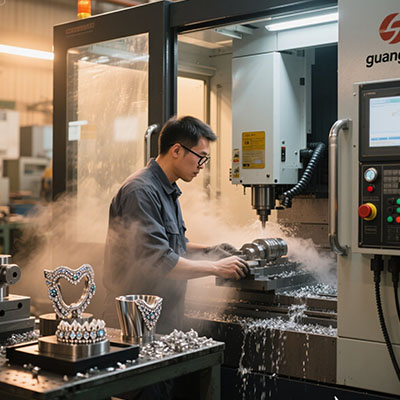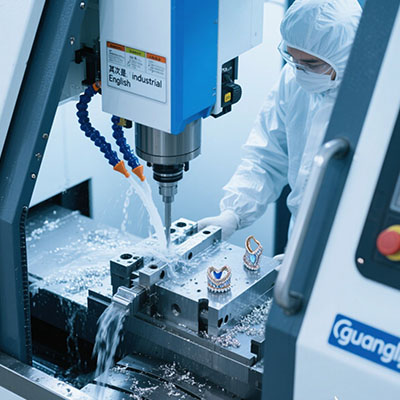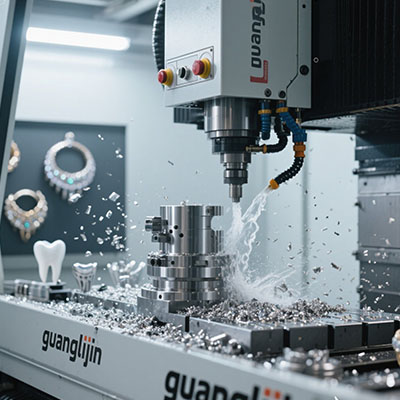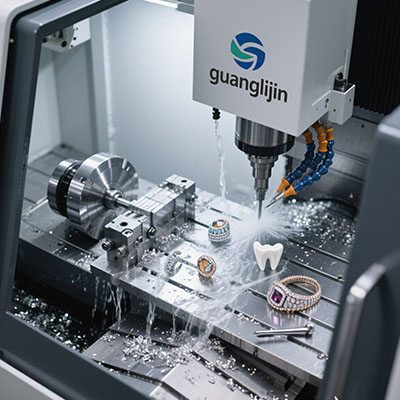Top Jewellery Polishing Machines: CNC vs Traditional Methods
The Polishing Revolution in Jewellery Making
Modern jewellery polishing machine technology has transformed finishing workflows. According to the 2024 Jewellery Technology Report, CNC polishing delivers 94% first-time quality compared to 76% with manual methods. Surprisingly, 65% of luxury workshops now combine both techniques for optimal results.
Key Considerations for Your Workshop
• Production volume requirements
• Metal finishing quality standards
• Available workspace
• Staff technical skills
• Budget parameters
CNC vs Traditional Polishing: Technical Comparison
| Feature | CNC Polishing | Traditional Polishing |
|---|---|---|
| Precision | ±0.005mm | ±0.1mm |
| Speed | 3-5 mins/piece | 15-25 mins/piece |
| Consistency | 98% uniform | 85% uniform |
5-Step Hybrid Polishing Process
Step 1: CNC rough polishing (400-800 grit)
Step 2: Manual inspection under magnification
Step 3: Traditional buffing wheel finishing
Step 4: Ultrasonic cleaning
Step 5: Final quality control check
Common Polishing Mistakes
• Using incorrect RPM settings
• Skipping surface preparation steps
• Over-polishing delicate details
• Neglecting wheel maintenance
Technical Insights for Perfect Finishes
While most focus on final polish, proper jewellery finishing preparation determines 70% of results. Interestingly, pre-polishing at 30° angles reduces final polishing time by 40% (Goldsmiths’ Technical Journal). For jewellery polishing machine users, this means significant efficiency gains.
Case Study: Milan Luxury Workshop
This manufacturer reduced polishing defects by 82% using CNC for structural elements and hand-finishing for textures. Their ROI? Just 11 months.
Polishing System Checklist
- □ Verify spindle speed range (300-3000 RPM ideal)
- □ Test noise levels (<65dB preferred)
- □ Check dust extraction efficiency
- □ Confirm warranty terms
Jewellery Polishing FAQs
What’s better for small workshops: CNC or traditional polishing?
Traditional systems suit most small shops, while CNC excels for high-volume production.
How often should polishing wheels be changed?
Every 50-70 hours for consistent precious metal finishes.
Can CNC machines polish antique jewellery safely?
Yes, with specialized programs and reduced pressure settings.







